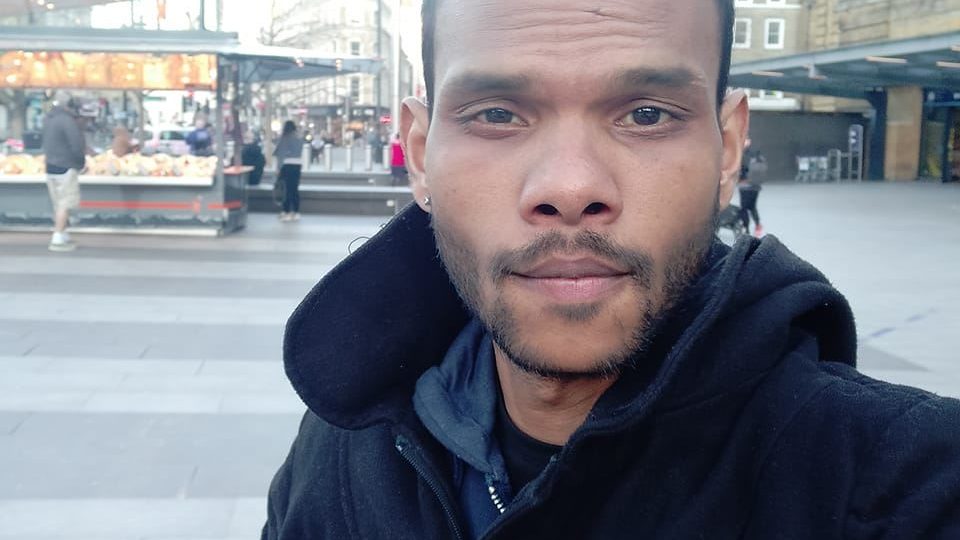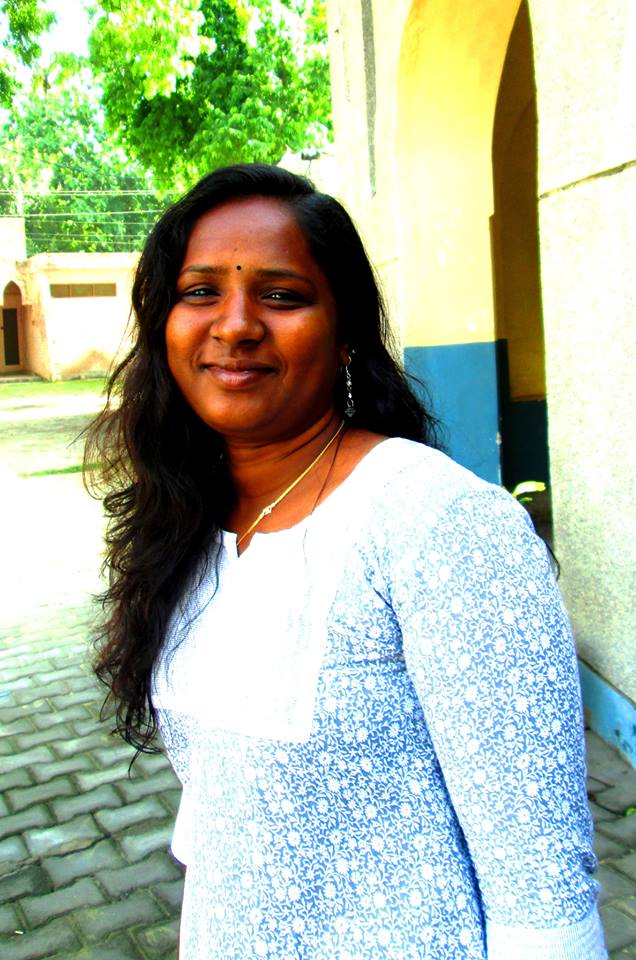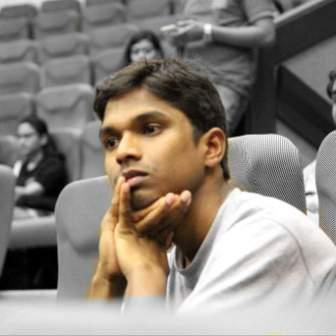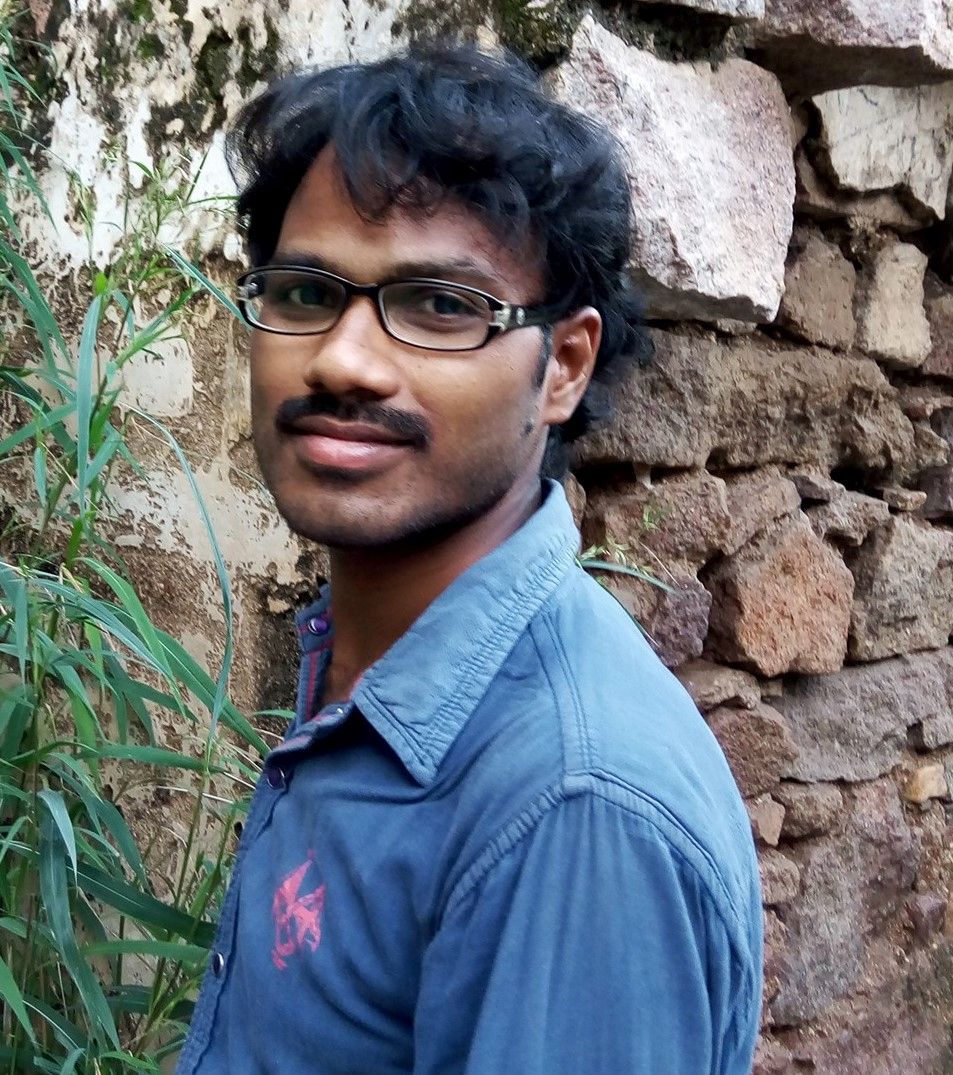Sumeet Samos
Hundred years ago, to walk on many public streets would have been unimaginable for Dalits in this country; to drink water from public sources would have been met with physical violence; and to sit near caste Hindu students in a public school would have been opposed publicly. These were the established norms of those times that could be unhesitatingly proclaimed in public by caste Hindus. However, in those times, leaders like Babasaheb Ambedkar and Ayankali emerged to argue and struggle against such practices, which were considered the normal order of society. In fact, Babasaheb, along with other leaders such as Jogendra Nath Mandal, Rettamalai Srinivasan, and Mangu Ram, went many steps ahead and demanded autonomous representation for the untouchables in the political institutions of this country so that they could decide and frame policies for the welfare of their own communities. Simultaneously, they also emphasized the need for acquiring education for the untouchables, which, except for missionary efforts in certain parts of India, was not allowed. Broadly, political representation, education, and struggles against established practices of caste discrimination are prominent themes we see embedded in the visions among leaders who were at the vanguard for securing justice and equality for the untouchables in the first half of the twentieth century. These efforts, along with the engraving of certain rights in the constitution and legal recognition of SC status, propelled sections of Dalits to claim their humanity through literary mediums as well as active resistance to physical violence. The Dalit movement in Maharashtra in the 1970s and in Andhra Pradesh in the 1980s are two states where we see the reflection of these trends.
However, these progressions were not without their internal contradictions, splinter groups, and compromises. The fragmentation of the Republican Party in the aftermath of Babasaheb Ambedkar’s demise in Maharashtra and the subcategorization struggle among Malas and Madigas in the then Andhra Pradesh are two examples that one remembers as part of this history. These were intense phases of churning and turmoil within the Dalit struggles, but at the same time they left their legacy through popularizing the figure of Dr. Babasaheb Ambedkar and brought forth the challenges of uniting different castes among Dalits. In order to protect Dalits from physical violence, Dalit Panthers became active in Maharashtra, while Manyavar Kanshiram wanted to acquire political power and started working towards mobilizing different castes among Dalits and OBCs, particularly in Uttar Pradesh. These two approaches emerged out of the needs of the times as well as from an urge to no longer be subservient. While Dalit Panthers channelized the anger and anguish of Dalit youths in Maharashtra, the Bahujan Samaj Party incorporated the newly educated Dalit employees to support and consolidate their aspirations to power. In both of these movements, despite the differences in how they operated and the goals they wanted to achieve, an anti-caste collective consciousness gained momentum that spread among sections of Dalits.
Nevertheless, visions are always met with roadblocks not just from outside by the caste Hindus but also ideological and identitarian differences among the Dalits. The vision to protect Dalits from caste violence, despite the stringent SC/ST POA and phases of Dalit Panthers in Maharashtra, the CPI (ML) in Bihar, and the VCK in Tamil Nadu, has been met with hostile opposition from dominant caste associations as well as the indifference and compliance of the judiciary and police systems of this country. On the other hand, Dalits in most states have not been able to come together to form a political party that would protect them and implement welfare measures within electoral politics. And in Uttar Pradesh, after the success of uplifting a section of Dalits from utter poverty through government employment and education and better protection of Dalits for five years, the BSP has been unable to redefine itself to counter the electoral engineering of the BJP for more than a decade now. It can be attributed to the nature of the electoral system, where Dalits usually end up as minorities in most constituencies, along with the hostility by caste Hindus against autonomous Dalit-led parties. Even a renowned leader and orator like Thirumavalvan in Tamil Nadu narrowly managed to win his constituency despite the alliance. Moreover, the rise of the BJP towards projecting a monolith Hindu identity through its mammoth machineries of media and money has once again been taking the public discourse vigorously towards Hindus versus Muslims by discounting the caste question through which parties like the BSP rose to power.
Citing these examples, I argue that acquiring political power as the only vision to uplift Dalits to a certain extent is not feasible in most states of India due to their numbers. Even when they are in large numbers, such as in Punjab, West Bengal, and Tamil Nadu, the caste differences among Dalits make it difficult to work separately, and the hostile nature of dominant or upper castes makes it almost impossible to organize a political party that provides a strong and transforming agenda for Dalits. At the same time, although mobilizing Dalits for protection against caste-based violence has been a recurring phenomenon from time to time, it usually does not sustain itself after a point of time due to a lack of resources, repression from state machinery, and many times their compliance with dominant caste people. Without a radical reform, starting from the block-level police and district court judiciary to their respective higher authorities, any hope for justice is difficult to imagine. It just cannot be in terms of diversity but also sensitive training for those working in these institutions. This really sounds like a daydream vision, but a vision nonetheless. And to add to this, these institutions also operate many times according to those in political power and locally dominant caste groups. Dalits often happen to not be in decision-making positions even within the caste Hindu-led parties, even if they are legislators, to influence the outcomes of these events. In fact, many of them stay quiet in the face of horrific events of caste violence. This is one of the biggest loopholes of representational politics without autonomy, and despite being Dalits; they are unable to have a vision for Dalits. This is one of the lasting consequences of the Poona Pact, and it will continue as long as the present system of elections exists.
There are questions that come to my mind regarding the single vision for 220 million Dalits who speak different languages, observe cultural habits, are part of different geographical regions, age groups, genders, classes, are employed in different occupations from rural India to urban slums, and also practice different expressions of faith. I do believe it is not only a far-fetched idea but also infeasible to have any singular chart of visions for millions of Dalits. Except for certain common needs such as proper implementation of reservation, demanding protection against caste violence and discrimination, demanding funds for autonomous institutions, housing schemes, and land distribution, particularly in rural areas, most other needs of Dalits are scattered across the sub-groups they are part of, such as migration workers and informal labor settings, including specific caste occupations. It is also important to realize that neither the category of Scheduled Castes nor the idea of Dalit by itself evokes a sense of unity among millions, even though they might realize their ascribed positions in society.
The other problem in defining vision for Dalits lies in freezing Dalits to a singular cultural past and envisioning for them a singular cultural future in terms of what they should be. This would sound like great rhetoric, but it is impractical to sustain because it would not be accepted by large sections of Dalits, given the diverse trajectories of their local histories. A Chamar in Punjab might not have any affinity for beef, but a Parayar in Tamil Nadu would hold it as an important part of everyday food habits. A Mala or Madiga Christian would not want to let go of their faith, nor would the Ravidasias in Punjab want to become Buddhists. The fight against Brahmanical Hinduism has no doubt been an integral part of the visions of millions of Dalits, but there are multiple trajectories and faith systems that have been historically embraced by sections of Dalits to come out of its fold. To give primacy to a theological debate in vision for Dalits outside of Brahmanical Hinduism would be a futile idea given the enormity of faith systems people hold on to. Therefore, I think it is important to differentiate between essentials and non-essentials while imagining visions for Dalits.
Additionally, visions also need to be reworked according to the changing nature of the socio-economic forces of the times and what change they can bring for Dalits. Reservations in the public sector have been shrinking, gig and platform economies have been growing in big cities, and most middle and high-end jobs in private sector organizations require new technological skills, English fluency, and presentation skills coded in caste socializations. How can we think about Dalits in these changing situations where basic BA, MA, BSc, and MSc degrees do not help them get decent employment opportunities? Without ancestral property, caste networks, land, and capital, how can Dalits navigate these challenges?
I believe amidst these grand challenges, drastic changes, and long-drawn struggle, multiple visions for Dalits should co-exist in different spheres in dialogue with each other, from a small tution center in a small town for young Dalit students to PA Ranjith showcasing the world of Dalits in cinema, from a group of young Dalit girls getting an opportunity to study in a Christian missionary institution to activists documenting honor killing cases in parts of Tamil Nadu. We often imagine visions only in grand terms, and it sounds alluring, but when we see them not come to fruition, it can be demotivating. But it is these multiple visions simultaneously, which, although invisible to the public at large due to their scale, act as the underground roots of the tree. Lastly, it is also important to remember that visions are not one generation or one phase; there are steps towards the visions, and we are only steps for the next generation to walk ahead.
~~~
Sumeet Samos is a writer and anti-caste activist. He comes from Koraput, Odisha.










